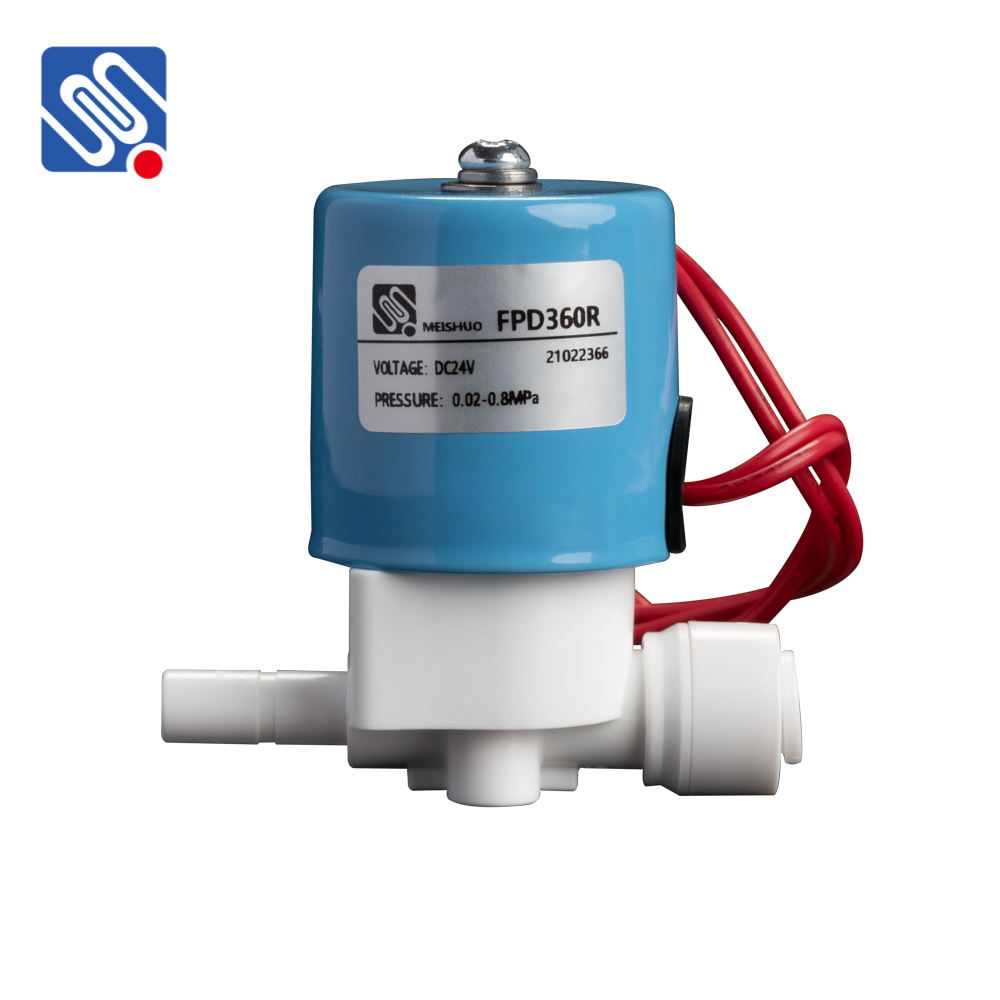understanding rohs compliant solenoid valves: importance and benefits
Release time:2025-04-16 22:17:09
In today's industrial landscape, the shift towards sustainability and environmental responsibility has led to the development of products that not only meet functional requirements but also comply with environmental regulations. One such product is the RoHS Compliant Solenoid Valve, which ensures that electrical and electronic equipment is free from hazardous materials that could harm the environment or human health. This article will explore the significance of RoHS compliance in solenoid valves, their advantages, and why businesses should prioritize such components for their systems.

What is a RoHS Compliant Solenoid Valve?
A RoHS Compliant Solenoid Valve is a valve that controls the flow of fluids, typically in automated systems, and adheres to the European Union's RoHS (Restriction of Hazardous Substances) directive. RoHS aims to limit the use of specific hazardous materials in electrical and electronic products, thereby reducing environmental and health risks. The substances regulated by RoHS include lead, mercury, cadmium, hexavalent chromium, polybrominated biphenyls (PBB), and polybrominated diphenyl ethers (PBDE), which are commonly found in electronics.
In the case of solenoid valves, these valves function by using an electromagnet to control the valve's opening and closing mechanism. When a current passes through the solenoid coil, it generates a magnetic field that moves the plunger inside the valve, regulating the flow of air, water, oil, or other fluids. For a solenoid valve to be RoHS compliant, it must be manufactured using materials that do not contain or use any of the restricted substances defined under the RoHS directive.

